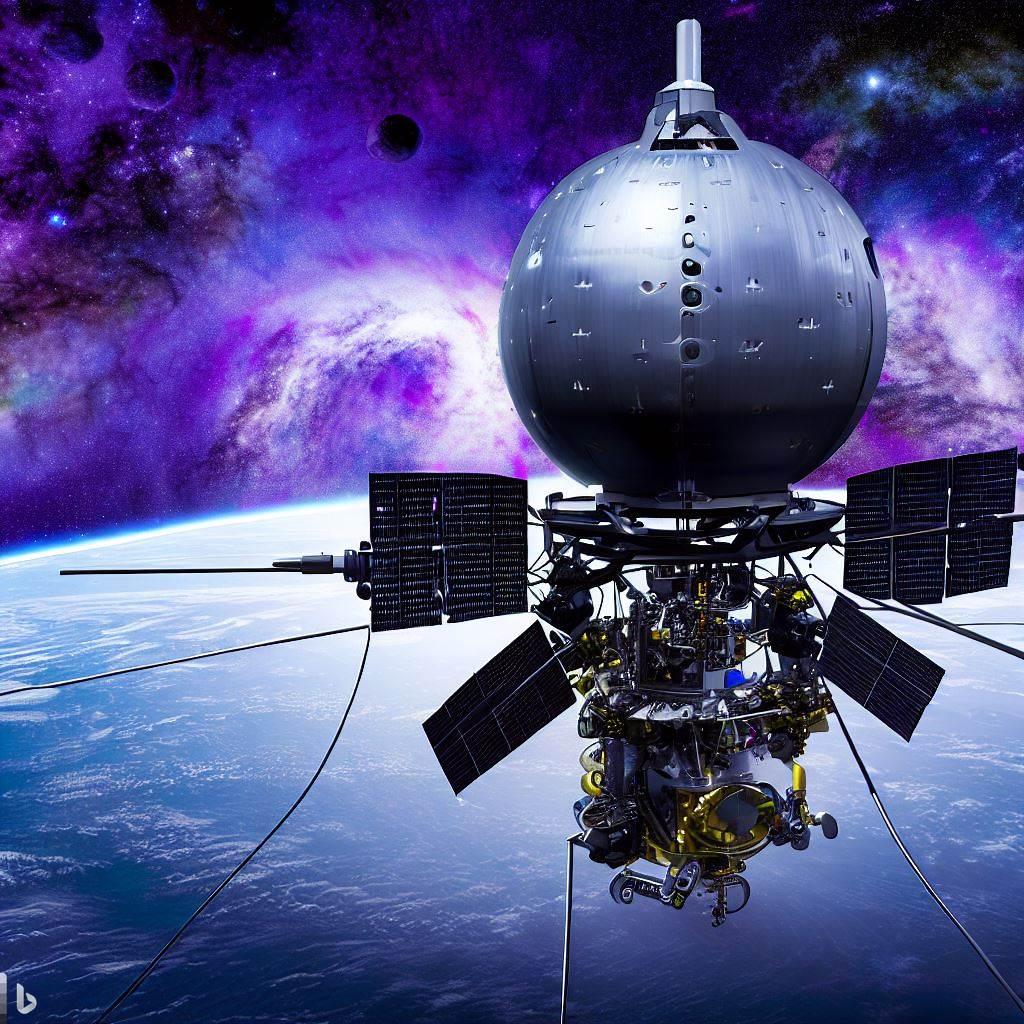Introduction
The polar regions of Earth, both Arctic and Antarctic, are experiencing rapid changes due to global warming. These areas, covered in ice and snow, are crucial indicators of climate health and significantly influence global weather patterns and sea levels. In response to the need for more detailed data on these regions, NASA has launched its second small satellite designed specifically to monitor the Earth's poles.
Mission Objectives
The primary objective of this satellite, named POLAR-2, is to provide high-resolution data on ice cover, temperature variations, and other key environmental metrics in the polar regions. This data will help scientists better understand the processes driving climate change and its impacts on both regional and global scales.
One of the unique aspects of POLAR-2 is its ability to measure changes in the Earth's cryosphere with unprecedented precision. By capturing detailed images and using advanced sensors, the satellite can track minute changes in ice thickness, snow cover, and surface temperatures. This information is crucial for creating more accurate climate models and predicting future changes in the Earth's climate system.
Technological Innovations
POLAR-2 is equipped with state-of-the-art technology that sets it apart from previous missions. The satellite carries a suite of instruments designed to measure various aspects of the polar environment. These include:
1. Synthetic Aperture Radar (SAR): This instrument allows for high-resolution imaging of the Earth's surface, even through cloud cover and during nighttime. SAR is essential for tracking ice movement and deformation.
2. Multispectral Imager: This camera captures images in multiple wavelengths, providing detailed information about the composition and condition of ice and snow.
3. Radiometer: This device measures the thermal radiation emitted by the Earth's surface, which helps determine surface temperatures and detect changes in ice melt.
4. Laser Altimeter: By bouncing laser pulses off the Earth's surface and measuring the time it takes for them to return, this instrument can accurately measure the height of ice and snow, giving insights into changes in ice thickness.
Importance of the Mission
The data collected by POLAR-2 will be invaluable for researchers studying climate change. The polar regions are often described as the Earth's early warning system, as changes here can have cascading effects on the global climate. For instance, melting ice contributes to sea-level rise, which can lead to coastal erosion and impact millions of people living in coastal areas.
The mission will provide critical data for improving climate models. Accurate models are essential for predicting future climate scenarios and informing policymakers on the best strategies to mitigate and adapt to climate change.
Conclusion
The launch of POLAR-2 marks a significant milestone in NASA's efforts to study and understand the Earth's polar regions. With its advanced technology and targeted mission objectives, the satellite is poised to make substantial contributions to climate science. As the impacts of climate change become more pronounced, missions like POLAR-2 are crucial for providing the data needed to develop effective responses and safeguard our planet for future generations.









Add a Comment: